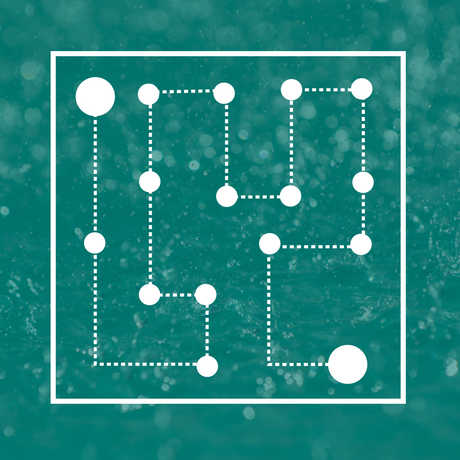This activity consists mainly of a PowerPoint presentation. Try to make this an interactive presentation by drawing questions, comments, and input from your participants. The notes below describe our talking points for the slides in the presentation. Please do not view this as a script; rather, adapt the notes below to your own presentation style.
Note: to view these talking points alongside the slides, download the full lesson plan.
Part 1: Performance Expectations (5-10 minutes)
SLIDE 2: Define Performance Expectations (PEs)
- PEs combine all three dimensions into a statement of what students should be able to do at the end of instruction.
- Emphasize from the very beginning that PEs are not describing instructional strategies or lessons.
- Students should have many learning experiences that lead up to this performance expectation, helping them build the skills and knowledge that they need.
SLIDE 3: Ask participants about this 1st grade PE.
- What are the skills and knowledge that students would need to build up to be able to meet this expectation? Have participants brainstorm ideas. Response may include:
- the external parts of plants and animals, how they use those parts,
- what plants and animals need to survive and grow,
- what mimic means,
- what a human problem might be,
- how to design a solution,
- how to use materials appropriately.
[Note: Reading and interpreting the “code”(1-LS1-1) will be discussed in Part 2.]
SLIDE 4: Ask participants about this Middle School PE.
- What skills or knowledge might students need in order to meet this performance expectation?
- parts of a cell, ohow those parts function,
- how the cell functions as a whole,
- what a model is,
- how to develop a model,
- how to use a model
Part 2: Reading the NGSS Tables (15 minutes)
SLIDE 5: Introduce the Tables
- It’s not necessary to be able to pull this information (discussed above) out of the PE just by reading it.
- The NGSS are written in a format that lays out clearly what students need to learn and experience in order to meet the performance expectations.
- Let’s take a look at how to read these tables.
SLIDE 6: The Scary Slide
- This is an early attempt to explain the anatomy of the NGSS tables
- You might compare this to labeling an image of the human body with information about every single system and organ all at once.
- This is overwhelming, and not particularly useful.
But don’t worry...
SLIDE 7: ...it's actually a piece of cake.
If you have not previously introduced the cake analogy, pause here to explain it. You can find information about this analogy in the Introduction to the NGSS activity.]
SLIDE 8: Use the cake analogy to explore the parts of the table. [Note: the slide is animated so that the pieces of the table will be revealed one by one as you advance. This sample table shows an IMAGINARY Performance Expectation!]
- Included in every table, large or small:
- Blue box: Science and Engineering Practices (SEPs)
- Orange box: Disciplinary Core Ideas (DCIs)
- Green box: Crosscutting concepts (CCCs)
- These three boxes (blue, orange, green) are called the foundation boxes.
- Resting on top of this foundation are the PEs.
- The foundation boxes describe the skills and knowledge students need to build in order to achieve these PEs.
- At the bottom are the connection boxes, which describe links to other areas
- At the top is the title.
SLIDES 9-10: Look at some real examples.
- Go over the code, for example: K-LS1-1
- K = Kindergarten
- LS1 = Life Sciences 1 (a DCI)
- 1 = first in a list of PEs (although in this case it is a list of only 1 item)
- To check for understanding, have your participants explain back to you what’s in each box (described above).
- Advise that it’s important to read the red writing in brackets, which contain assessment boundaries and clarification statements. Read these out loud as an example.
- Ask participants for any other observations or questions about the table.
SLIDE 11: Look at some middle and high school tables
- Review the code: MS-LS1-1, MS-LS1-2, etc
- Middle School
- Life Sciences 1
- 1st, 2nd, etc in a list of PEs
- No matter how big the table, you can still find the same pieces in the same places!
- The middle school and high school tables look bigger since they include content for multiple grade levels within the same table
- Elementary school tables cover one grade level at a time.
[Note: If your audience includes middle school teachers, this may be a good place to talk about California’s integrated versus discipline-specific models for organizing the middle school content.]
Part 3: Discussion (5 minutes)
1. Be sure to give participants an opportunity to ask questions after the last slide, and before the Next Steps if you choose to continue exploring the tables.
2. As in the Introduction to the NGSS presentation, some questions may not yet have answers. Remind educators that learning about and implementing the NGSS is a process, and that they are now better equipped to understand the anatomy of the standards.
Next steps
- If you have more time available, give your participants access to the tables for their grade levels and give them time to explore. Discuss with them what they notice and wonder as they look at the tables.



